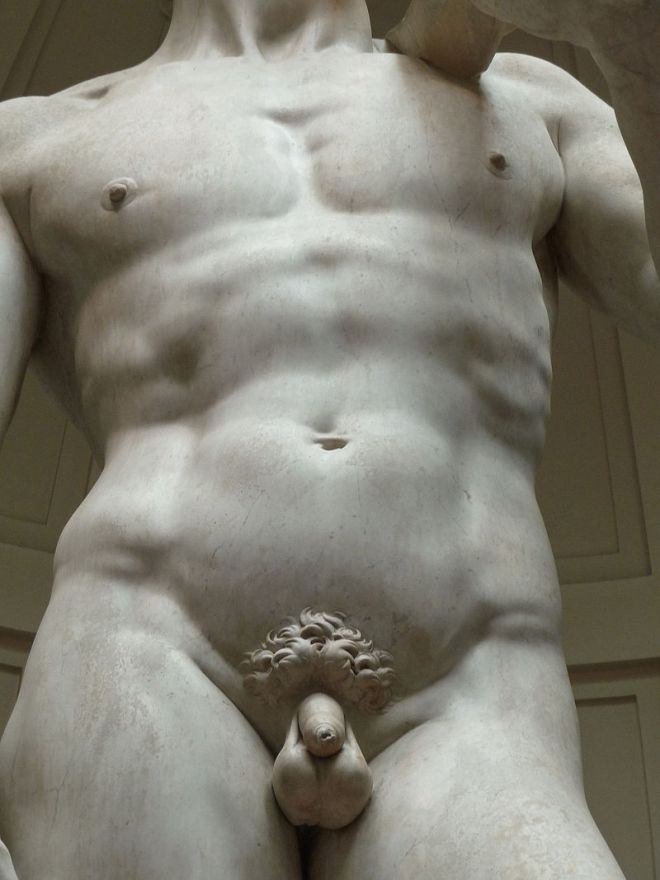
Object (Le déjeuner en fourrure), 1936, Méret Oppenheim. A Surrealist sculpture often interpreted as a visual pun referencing a hairy vulva, as the tea set is traditionally feminine.
Reader question: “I loved your post about penises, but what about vaginas? We think hairless vaginas started with porn, but I’ve definitely seen paintings in museums with hairless vaginas. What’s the deal? When did it all start?”
Aah, nudity in art, a subject dear to my heart. Vaginas and vulvas (with vulva referring specifically to the external genital region) in art have a quite different history than penises do, ranging from being symbols of fertility and life to being symbols of shame and impurity. As I wrote in my post on the Female Nude, hairless vulvas have been around in art for a long time. How long? At least 2,000 – 3,000 years, and maybe even since the beginning of art as we know it.


